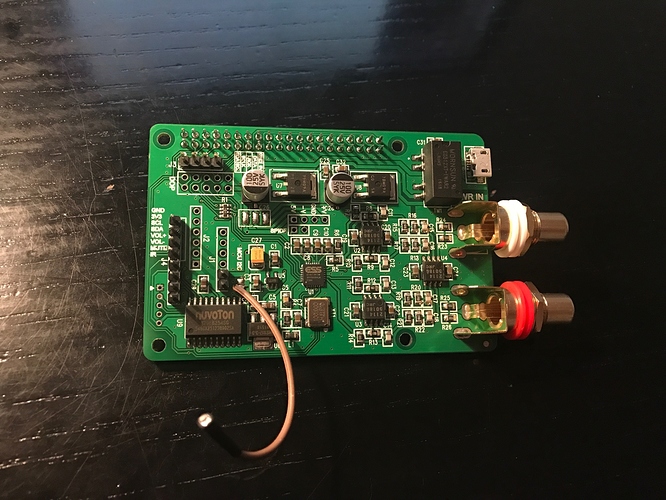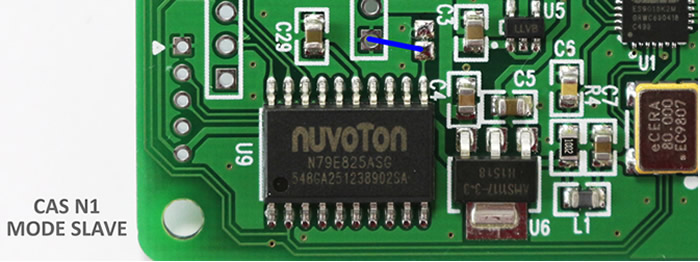Hi,
Some of you were asking for feedback on this DAC - IT IS NOT WORKING PRODUCT OUT OF THE BOX
- There is no documentation available to set it up
- There is no driver provided, as ES chipmaker doesn’t allow Audiphonics to put it in open source
- There are three theoretical modes how it could be operated, but without clear documentation
- There is no real support available from Audiophonics customer service (some irregular & unclear emails only, so seems they do not know yet themselves how to configure it)
- It is not in standard compatible to play bit perfect 16 bit music (Audiophonics write that through their Rune image with SW volume control (& and up sampling in Raspberry Pi?) it should work - but didn’t work for me)
- In standard it theoretically should play 24/ 32 bit music (Audiophonics tell that it will work with RPI DAC generic and HiFiberry driver - but didn’t work for me)
- Theoretically with manually switching 5V/ Ground to IR pin, it then could be configured to be switched to 16 and 24/32 bit playback (didn’t work for me, and if it would - who would do that each time)
- Theoretically with some serial scripts it could be configured to be managed through Raspberry PI (not clear how, and I couldn’t install the suggested scripts in DietPi - see link below and let me know if you find the way how)
- It could qualify as Engineering Sample, but even then with no documentation and no real support to configure it.
See picture - there is one loose wire hanging on it when delivered, and some other wiring connections on top of it are required to run it, but not fully clear what (I tried combinations Audiophonics illustrate on web, but no sound).
Also seems in photos on web with guidelines there are some mistakes.
http://www.audiophonics.fr/fr/dac-diy/audiophonics-i-sabre-dac-es9018k2m-raspberry-pi-3-pi-2-a-b-i2s-p-11500.html
This is only support that Audiophonics team was able to provide:
"In both case use “Generic RPI-DAC”, you can also use Hifiberry DAC (but there’s some issues with 16bit files.
There’s a real driver for K2M but ESS doesnt allow us to make it open source…
you can also use serialdrive :
You can try our last Runeaudio release here :
http://forum.audiophonics.fr/viewtopic.php?f=4&t=1777
It will work (without any modifications).
Sorry to cannot be more reactive these days …"
So, I will see in next few days if Audiophonics team is able to explain how to operate this DAC. If no success, I’m returning it next Wednesday.
Janis



